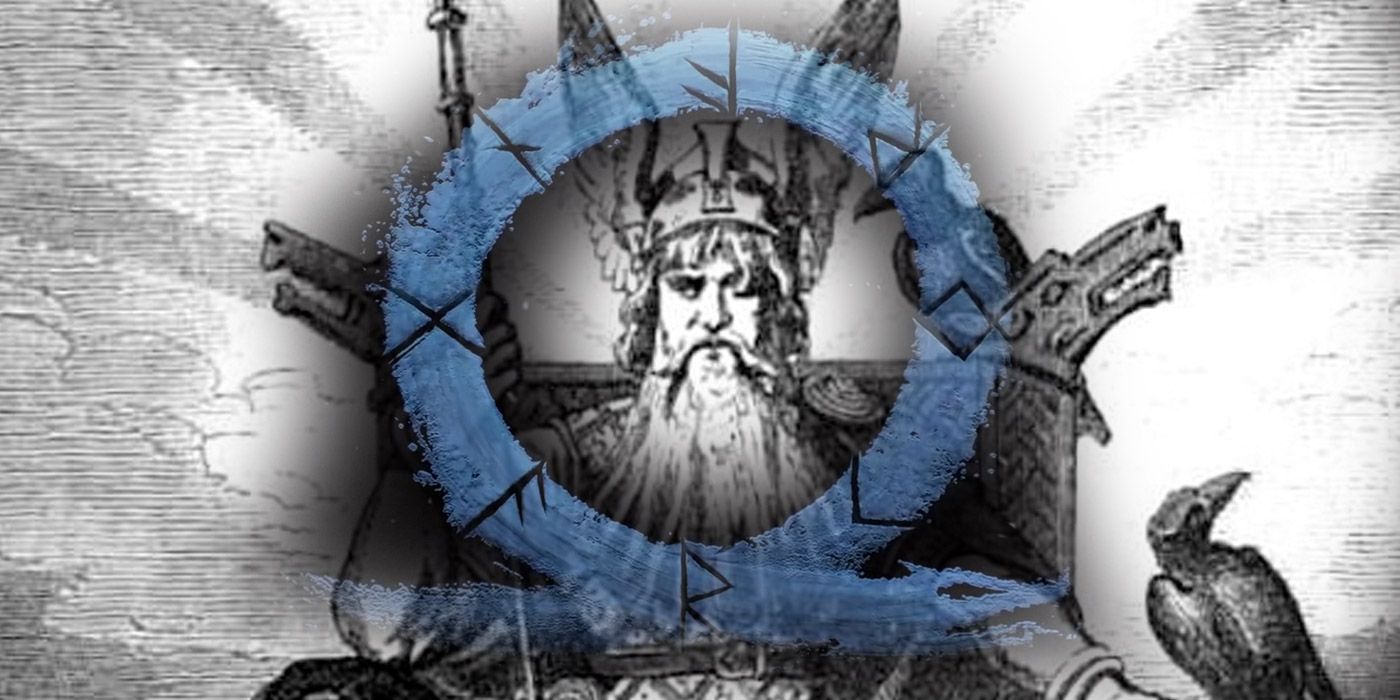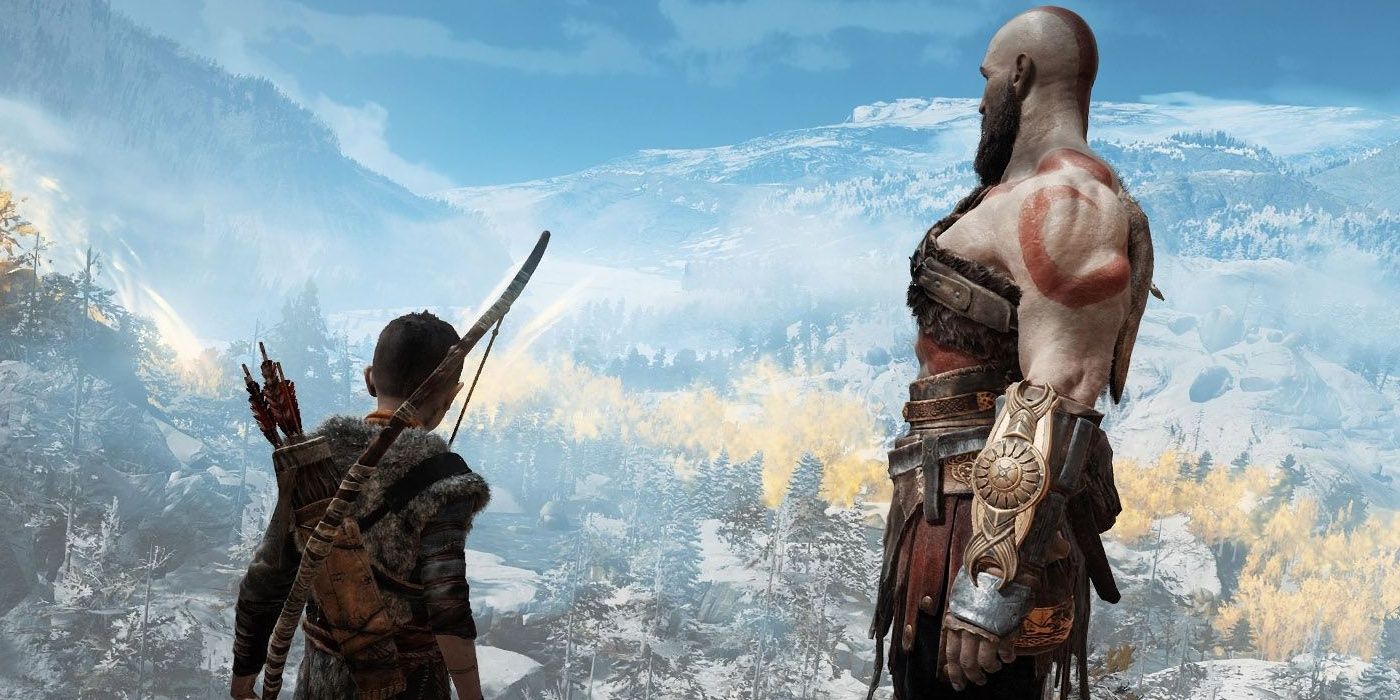
God of War 2018 was a huge hit, reviving the franchise in a new setting to become one of the PS4’s fastest selling titles. With the trailer for its upcoming sequel hinting that “Ragnarok is coming,” many fans will be interested to see what the Norse apocalypse has in store for Kratos, Atreus, and all the gods of the realm.
God of War has always tip-toed a line between its basis in mythology and its own storylines, leaving many fans wondering which aspects of Ragnarok will be realized in the next game and which won’t. With the members of the Norse pantheon aware that they are destined to die during the “Twilight of the Gods,” one little-known location from Norse mythology could end up being central to the next game’s plot, and a refuge for any of the characters looking to survive the end of the world.
RELATED: What to Expect from the God of War Ragnarok Sequel in 2021

There are a few different versions of Ragnarok, though Icelandic historian Snorri Sturluson provides the clearest written basis for the myth in his Prose Edda and Poetic Edda in the 13th century. In short, Ragnarok is set into motion by the death of Baldur, seen in God of War 2018 albeit very differently from the myth.
After Baldur’s death follows Fimbulwinter, a three-year winter which ends when Ragnarok begins in earnest. At the final battle of the gods, Odin is eaten by the great wolf Fenrir, Thor kills the World Serpent before succumbing to its poison, Loki and Heimdall mutually mortally wound each other, and the world is destroyed by the giant Surtr’s fire to be born anew when a flood washes over the land.
In some versions of the myth, there are gods which survive. Magni and Modi, for example, are said to succeed Thor, though their deaths in the last game makes that very unlikely. Other surviving gods include Vidar, who avenges Odin, and Baldur, who is resurrected. However, it isn’t just the gods who have the potential to survive Ragnarok.
RELATED: God Of War: 10 Best Easter Eggs Hidden In The Game

In the Poetic Edda poem The Lay of Vafthrunthnir, Odin visits a giant by that name and, as part of a high stakes game of questions which eventually ends in the giant's death, asks Vafthrunthnir if any humans will survive Fimbulwinter and Ragnarok. The giant tells Odin that there will be two human survivors, Lif and Lifthrasir. They survive by hiding in a forest named “Hoddmimis holt” from which they are said to emerge after Surtr’s fires have subsided. Some scholars theorize that Hoddmimis holt may be another way of referring to Yggdrasill, perhaps suggesting that the pair will survive by hiding within the tree of life itself.
In any case, Hoddmimis holt has the potential to be a location of great interest in God of War’s Ragnarok sequel. If there is any location where the gods of Norse mythology believe they may be able to avoid their fates, it’s likely that they will stop at nothing to find it. While the mythological Norse gods go to their final battle knowing full well they will die, the gods in God of War are shown to be far less stoic and far more prone to fear and paranoia. Rather than accepting his fate, Odin is banished from Jotunheim in the God of War timeline for trying to steal their knowledge of the future and learn the events of Ragnarok.
It remains to be seen how the gods will deal with their impending doom in God of War’s Ragnarok sequel or how exactly their fate will come to pass. Hoddmimis holt, however, could be the key to surviving Ragnarok and has the potential to become a key plot-point if Santa Monica Studio decides to take influence from that version of the myth.
The God of War sequel is in development.

